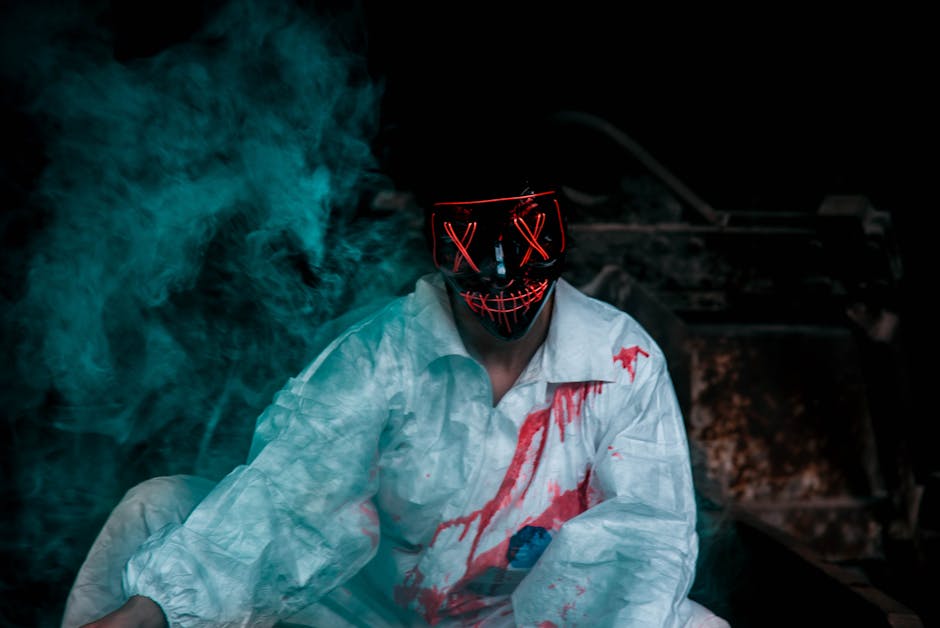The Bloody Mary Legend Explained What Really Happens
The legend of Bloody Mary has captivated and terrified people for generations. Rooted in folklore and urban legend, the story tells of a ghostly figure who appears in a mirror when her name is chanted multiple times. This eerie ritual has been a staple of sleepovers and horror tales, but its origins and psychological effects are often misunderstood. While many dismiss it as a simple superstition, others have reported strange occurrences that make them question whether there is more to the legend than just myth. Understanding where this story comes from and why it continues to persist sheds light on both historical fears and the power of suggestion.
The Origins of the Bloody Mary Legend
The tale of Bloody Mary has several possible origins, with different cultures attributing the legend to various historical figures. One of the most commonly cited sources is Queen Mary I of England, who ruled in the 16th century. Her brutal persecution of Protestants earned her the nickname "Bloody Mary," and some believe her spirit is connected to the legend.

Some believe the tale originated from Mary Worth, a figure in American folklore accused of witchcraft, while others link it to a woman who met a mysterious and tragic end.
The practice of chanting "Bloody Mary" in front of a mirror is thought to have originated from earlier forms of divination. In the 19th century, young women used mirrors and candlelight to try to catch a glimpse of their future husbands. Over time, this practice transformed into something far more sinister, possibly due to cultural shifts that associated mirrors with supernatural portals.
Psychologists suggest that the legend persists because it taps into deep-seated fears of the unknown. Mirrors have long been considered mystical objects, capable of revealing hidden truths or acting as gateways to other realms. The combination of darkness, expectation, and repetition creates an environment where people might genuinely believe they see something unnatural.
What Happens When You Try the Ritual?
Many people who attempt the Bloody Mary ritual report eerie experiences ranging from shadowy figures appearing in the mirror to sudden noises in the room. Research indicates that the Troxler effect, a psychological phenomenon, likely causes these visual experiences. This occurs when staring at a fixed point for an extended period causes peripheral details to fade or morph, leading to hallucinations.
The dim lighting required for the ritual further enhances this effect. When a person stares into a mirror in low light, their brain struggles to process facial features accurately. As a result, their reflection can appear distorted or even take on monstrous characteristics. This phenomenon is similar to what happens when people claim to see faces in random patterns or shadows.
Beyond visual distortions, a sense of heightened anticipation strongly influences how people perceive the ritual. Fear triggers adrenaline production, making individuals more sensitive to environmental stimuli like creaking floorboards or flickering lights. These normal occurrences can then be misinterpreted as supernatural events, reinforcing belief in the legend.
Folklore's Impact and Cultural Significance
Urban legends like Bloody Mary spread primarily through oral tradition and popular culture. Regional beliefs and societal fears shape new versions over time. Japan has a similar legend about Hanako-san, a ghost who is believed to appear in school bathrooms. These stories serve as cautionary tales or ways for communities to bond over shared fears.
Hollywood has also played a role in keeping Bloody Mary relevant. Films such as CandymanAlthough not directly tied to her story, they incorporate similar mirror-based summoning rituals that strengthen belief in these legends. TV shows about paranormal investigations frequently feature episodes on Bloody Mary challenges, reinforcing her role in contemporary folklore.
Internet challenges have reintroduced Bloody Mary to a younger audience. Videos claiming to capture real encounters continue to circulate on platforms like YouTube and TikTok, blurring the line between entertainment and reality. While many are staged for dramatic effect, they contribute to keeping the myth alive.
Psychological Effects and Why People Believe
The legend of Bloody Mary reflects more than just a fascination with ghost stories; it reveals how expectations and suggestion can shape human perception. Studies on mass hysteria show that when people enter an experience expecting something supernatural, they are more likely to interpret ordinary events as paranormal occurrences.
A common psychological factor at play is pareidolia, the tendency to see familiar shapes or faces where none exist. This explains why some individuals report seeing terrifying images in mirrors during darkened conditions.
| Psychological Effect | Description |
|---|---|
| Pareidolia | The brain interprets random visual stimuli as familiar shapes or faces. |
| The Troxler Effect | Sustained focus on one point causes surrounding details to fade or morph. |
| Sensory Suggestion | If someone expects something eerie, their mind may exaggerate normal sounds or sights. |
| Cultural Influence | Pervasive storytelling reinforces belief through media and folklore. |
The social aspect also plays a role in keeping such legends alive. Group settings make individuals more prone to suggestion since shared reactions validate perceived experiences. A nervous participant may genuinely believe they saw something because others claim they did too.
The Bloody Mary legend endures because it taps into universal fears, darkness, mirrors, and supernatural forces. While science offers logical explanations for why people perceive strange things during the ritual, belief persists due to cultural storytelling and personal experiences passed down through generations. Whether viewed as an entertaining challenge or something more sinister depends largely on perspective.